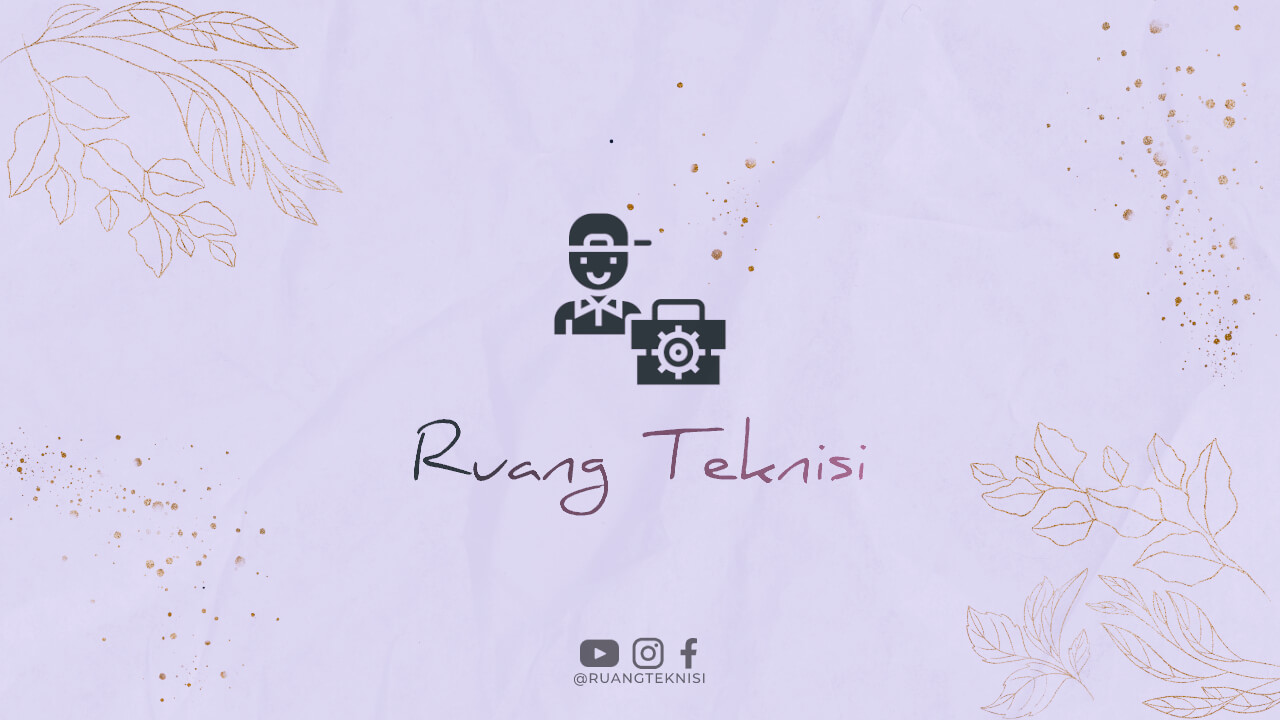Introduction
When it comes to funding major projects, securing financial support is crucial. In recent news, a $25 million grant has been announced, leaving people wondering whether this substantial amount will be sufficient to finance both major projects. In this article, we will explore the possibilities and analyze the potential outcomes.
Project A: Revitalizing Urban Infrastructure
Project A aims to revitalize the aging urban infrastructure of our city. The grant money can play a significant role in achieving this goal. The project involves upgrading roads, bridges, and public transportation systems to enhance connectivity and ensure a smooth flow of traffic. Additionally, it focuses on creating more green spaces and pedestrian-friendly zones to improve the overall quality of life for residents.
With the allocated $25 million grant, Project A can make substantial progress, but it is essential to consider the scale and complexity of the endeavor. Revitalizing urban infrastructure requires extensive planning, hiring skilled professionals, and procuring quality materials. These factors can significantly impact the project’s overall cost, potentially exceeding the grant amount.
Project B: Advancing Education Facilities
Simultaneously, Project B aims to advance education facilities by constructing state-of-the-art schools and colleges. This initiative focuses on providing modern learning environments to students, equipped with advanced technologies and resources. The project also emphasizes the importance of promoting education in underserved communities.
The $25 million grant can undoubtedly contribute to the successful implementation of Project B. However, similar to Project A, there are various factors to consider. Constructing educational institutions requires meticulous planning, architectural designs, and the procurement of necessary equipment. The cost of land acquisition and ongoing maintenance should also be taken into account.
Prospects of Financing Both Projects
While the $25 million grant is significant, financing both major projects entirely with this amount may not be feasible. However, it is important to note that the grant can serve as a catalyst for raising additional funds. The respective project teams can explore public-private partnerships, seek donations, or apply for additional grants to bridge the financial gap.
Collaborating with private entities can be mutually beneficial as they may have vested interests in contributing to the development of urban infrastructure or education. By leveraging these partnerships, the projects can secure the necessary funding to proceed smoothly without compromising their objectives.
Conclusion
The $25 million grant undoubtedly holds tremendous potential for both Project A and Project B. While it may not be sufficient to finance these major undertakings entirely, it can act as a stepping stone towards achieving the desired outcomes. The key lies in strategic financial planning, exploring partnerships, and seeking additional funding sources to bridge any gaps. With a comprehensive approach, these projects can make significant progress, positively impacting the community and fostering growth.

